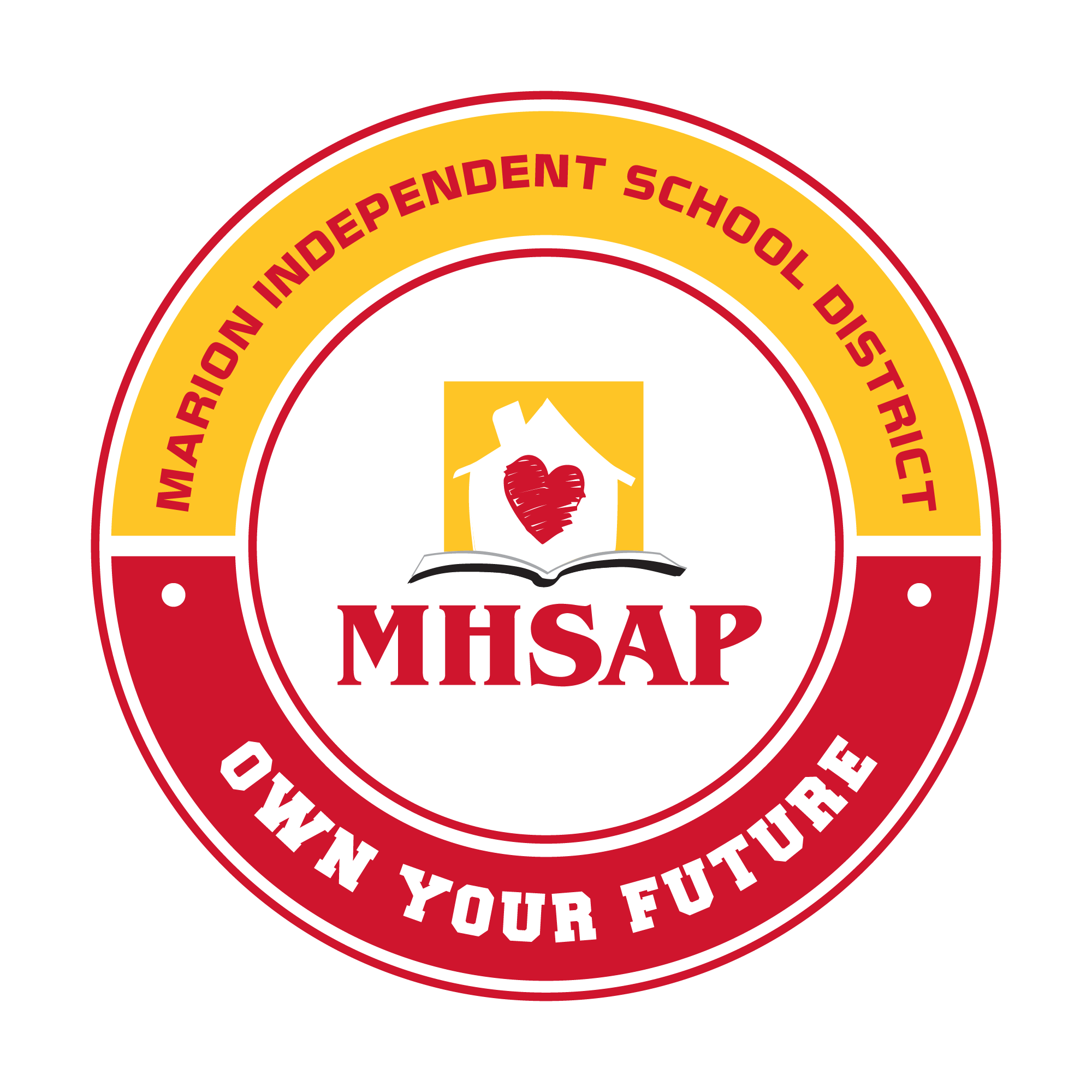Homeschooling
Home Schooling in Iowa
The Home School Assistance Program (HSAP) is one of the legal options under Iowa law in which a family may homeschool. A school district that elects to provide a HSAP must provide an Iowa licensed teacher to supervise the enrolled families. The teacher must have sixteen (16) supervising contacts with the enrolled family throughout the school year. Eight (8) of the contacts must be face-to-face, with the remaining eight (8) contacts being a phone, e-mail or other contact. A HSAP may provide other optional services. If you have specific questions about homeschool law you can contact Tom Ertz (tertz@marion-isd.org), the MHSAP Director, or click the links below to learn more about homeschooling options in the state of Iowa:
• Iowa Dept. of Education website
• Homeschool Iowa website
Visit the Marion Home School Assistance Program website here.
Why Families Choose to Home School
Linda Dobson, in her book “The First Year of Homeschooling Your Child”, states the following: “What is it about the act of homeschooling that draws people from every political, philosophical, economic, ethnic, religious, and geographic quarter?
They recognize a need in their children's lives- be it physical, mental, emotional, or spiritual - and homeschooling fills it.
They recognize a need in their family life- time to be together to share what they value, be it physical, mental, emotional, or spiritual - and homeschooling fills it.
Families choose to homeschool for a variety of reasons. One might be a proactive homeschooler (one who loves the idea and it fits with his lifestyle), a reactive homeschooler (one who does not like the drawbacks of other schooling options), a reluctant homeschooler (all other options have been eliminated), or a temporary homeschooler (homeschooling for a trial period). Knowing the reasons behind your decision to homeschool will help determine your philosophy and goals, and enable you to make homeschooling work for your individual family.
Common Approaches to Home Schooling
When deciding on an approach to homeschooling, a parent considers the needs of the student, the lifestyle the family desires, and the learning styles of both parent and child. Common approaches to homeschooling generally fall into one of the following categories:
Traditional Approach: a more structured, textbook approach; closely parallels subjects taught at public/private schools; school-at-home.
Unit Study Approach: study of a topic includes aspects of basic academic subjects (math, reading, writing); more hands-on and uses libraries and community resources rather than textbooks.
Interest Initiated or Unschooling Approach: student's interest directs areas of study/learning; parent supports and facilitates the students learning with “real-life” experiences.
Eclectic Approach: combines traditional, unit study, and unschooling; parent will use anything that encourages enthusiasm for learning and meeting the student's needs.
Other viewpoints influencing Home Education include:
Classical Approach: highly structured educational style; based on method called the trivium developed by Dorothy Sayers; a three part process of literally training a child's mind; emphasizes ancient disciplines and classics.
Moore Formula Approach: embraces readiness principle for all tasks; researched by Raymond and Dorothy Moore; uses the student's interests and a balance of study, work, and community service.
Charlotte Mason Approach: uses intellectually nourishing “living books” and narration (a child's telling in his own words - written or orally); developed by British educator Charlotte Mason in the early 1900s; makes time for nature observation, art and music appreciation, and hospitality.
Choosing Curriculum
Choosing the appropriate curriculum for your child(ren) will be dependent primarily on the approach you choose. There are many sources available to help you choose the curriculum that fits your family's needs. Books, catalogs, and the internet are all useful in finding curriculum. Your supervising teacher and the MHSAP Resource Library can help you to get started. Start simple and don't be intimidated by the number of choices available to home schoolers. Trial and error and a sense of adventure in your home school journey will help you discover what works best for you and your children.
MHSAP Enrollment
Learn more about enrolling in MHSAP here.
